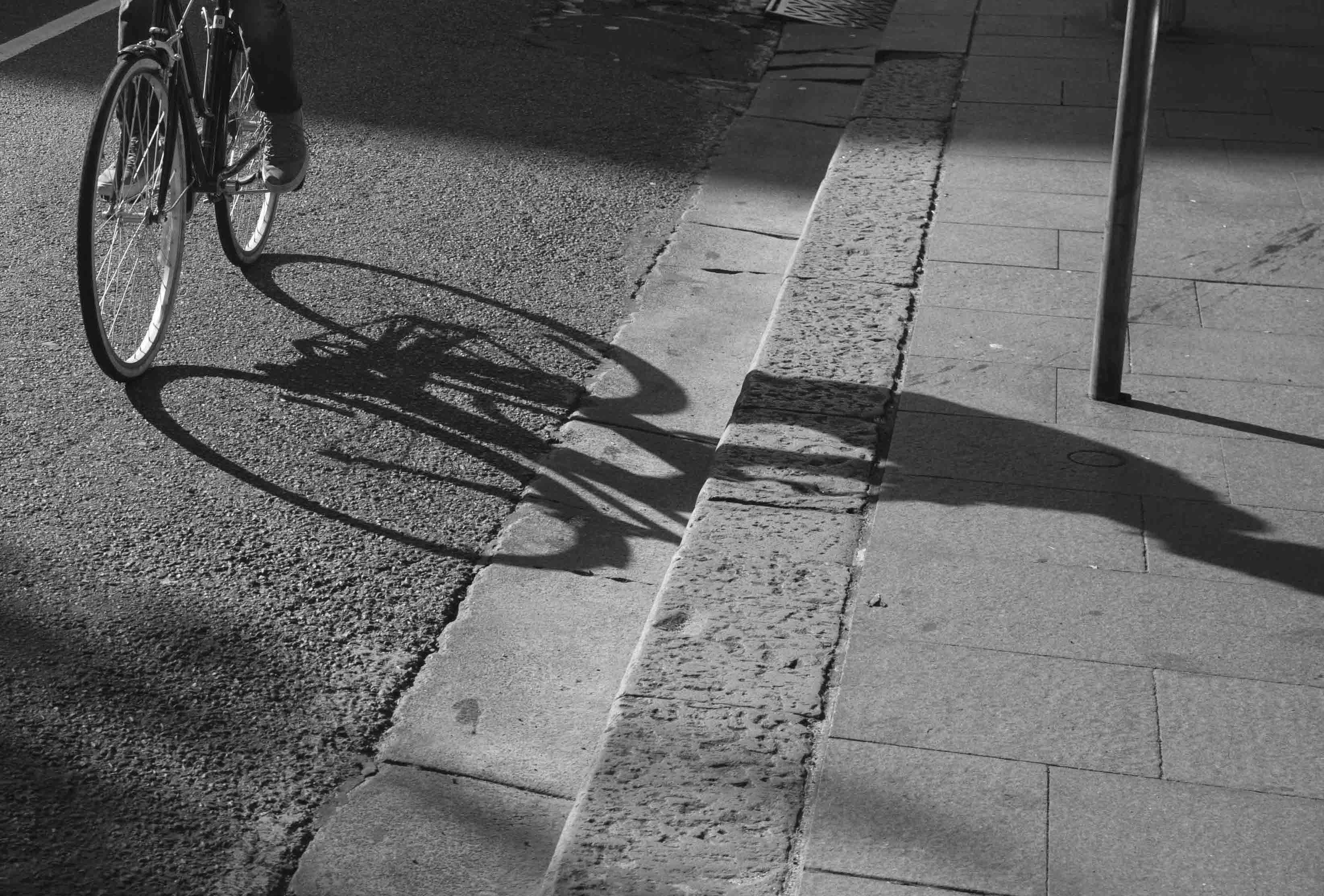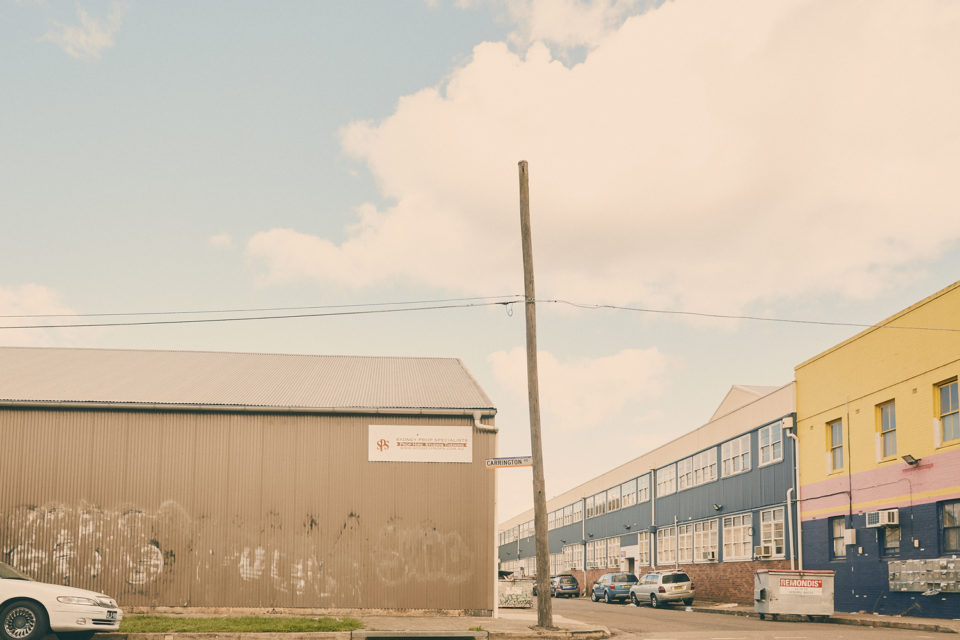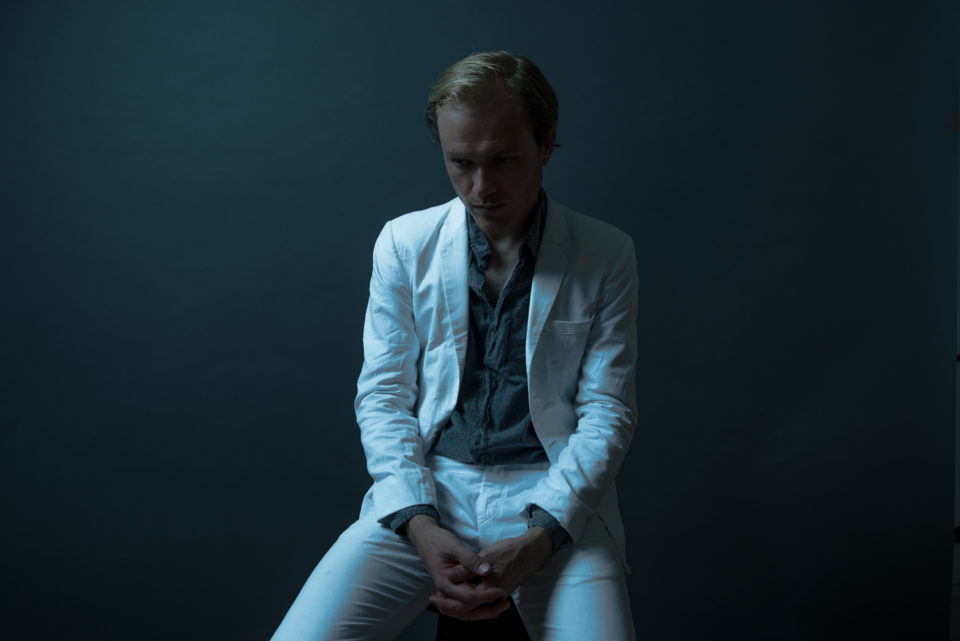Freedom machine. That’s how many cyclists refer to their bikes. There’s a lot of emotion wrapped up in that title, and before I started riding regularly I wouldn’t have understood it. Now I recognise there is something glorious about my two-wheeled steed, and the way I feel upon it, so it was with a heavy heart that I saw cycling as a whole is on the downturn in NSW. But, as quickly as my hopes were dashed, they were lifted – Inner Sydney, after several years of riding decline, is finally on the rise.
The latest National Cycling Participation Survey by the Australian Bicycle Council reveals that over 20 per cent of people in the City of Sydney ride in a normal week, a 14 per cent increase from 2016. It’s easy to deduce this result comes in the wake of increased cycling infrastructure. In spite of many flaws, a connected network of bike paths encourages non-riders to give it a go, and at the moment that’s more than half the battle.
It’s nice to feel less alone on the road, but it’s hard not to look at the wider negatives and feel somewhat disappointed. In 2015 a typical riding week (factoring out bad weather) in NSW was 17 per cent; this year it’s 12.5 per cent. And to add insult to injury, women riders across all ages have also decreased.
Cycling to school as a teen there was this one boy who used to call me “dyke on a bike” every single day as I rode through the gates, because, of course, only women who enjoy sports are gay, sigh. Then there were the early morning drivers who decided cat-calling and tooting at a young girl was a totally acceptable thing to do. It almost made cars incapable of sharing the road seem pleasant by comparison, but they’re also why I stopped riding.
There are so many reasons women feel disinclined to ride bikes. I won’t unpack them, but a four-year study conducted by the University of NSW proves that this gender divide definitely exists, in large part because of a lack of defined cycling infrastructure – essentially, women’s riding ends where the paths do.
But women aren’t the only ones ditching their bikes. Since 2015 cycling participation in greater Sydney and regional NSW has also decreased. How can this be fixed? According to the National Survey the majority (61 per cent) of riders felt that conditions for cycling in their local area had not changed over the previous 12 months, while those who felt conditions had worsened increased from 8 per cent in 2015 to 21 per cent in 2017. But, the survey also shows that up to 69 per cent of respondents believe that improved cycling infrastructure would encourage bicycle riding – so there’s your answer.
Last year the NSW government created an $80 million special fund to improve cycling infrastructure over four years. Inner Sydney is already reaping the benefits of this special fund but what about everyone else? Some of those funds need to be injected into the areas, and the people, who need it the most. The sensation of liberation when cycling shouldn’t be limited to the privileged few who can afford to live in Inner Sydney, or the men who experience less threatening roads. Everyone should feel safe enough to ride. Well-constructed cycleways, end-of-trip facilities, improved public transport connections, and informative campaigns are the key to cycle-friendly cities, and Sydney still has a way to go.





